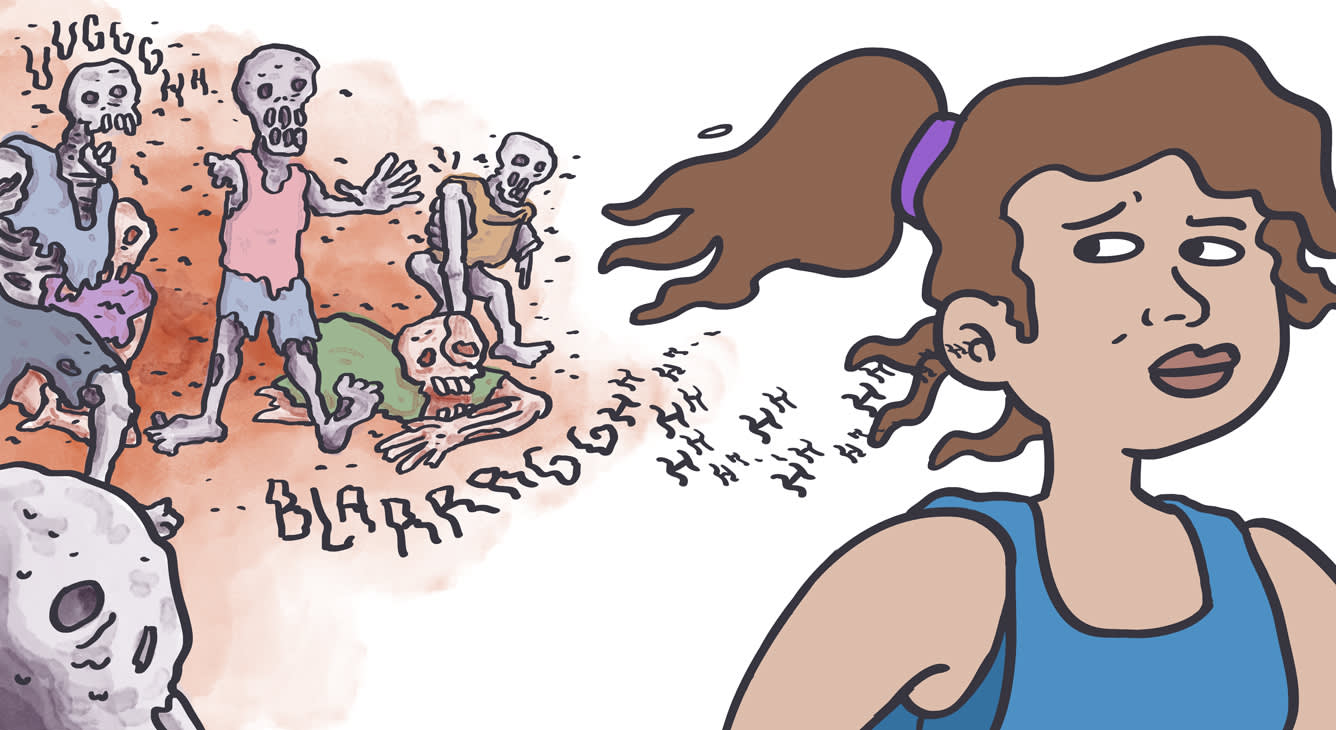While he was working on Pride and Prejudice and Zombies, Lionsgate’s 2016 movie adaptation of the , dialogue supervisor Brian Bowles was determined to find a bold new sound for the core group of undead.
“We had video game guys doing monster screams, and they were great,” he says. “But we were looking for zombie noises that would just put it through the roof.”
Bowles found them outside the usual voiceover circles and hired Scott Ian — guitarist and vocalist for the thrash-metal band Anthrax — to spend an afternoon growling in a recording studio.
To Bowles’ delight, the rock star (and, it so happens, a major zombie enthusiast who had a recent cameo in AMC’s ) was capable of producing some next-level zombie noises. “He even gave us some cool harmonics too, where his voice produced a low sound and a high sound at the same time,” Bowles recalls. Listen closely and you’ll hear Ian’s heavy metal shrieks scattered throughout the Jane Austen monster mashup.
As zombies continue to generate otherworldly profits — between movies, TV, video games, apps, comics, and Halloween costumes, the market is estimated to be worth in the tens of billions of dollars annually — the pressure is on to render the undead, and their voices, freakier and scarier than before.
Listen closely and you’ll hear [Anthrax’s Scott] Ian’s heavy metal shrieks scattered throughout the Jane Austen monster mashup.
In the recording booth, audio wizards like Bowles are constantly on the lookout for the next big thing in apocalyptic audioscapes. “People have a preconceived idea of what a zombie sounds like now,” Bowles says. “So coming up with a new variation or twist is its own challenge.”
That’s a tall order, as zombie sounds have been scaring the pants off audiences as far back as talkies have been made. In 1932, United Artists public relations director Hal Horne was looking for an effective way to publicize the studio’s new Bela Lugosi horror movie, , the first feature-length zombie thriller. By all accounts, Horne succeeded, luring thousands of New Yorkers to the Rivoli Theater, all of them drawn by the “sudden appearance of nine zombies” above the theater marquee, Horne later wrote.
The girls were “dressed in white flowing robes” and the men looked as if “they had been dug up from the ground,” but the stunt was brought to life by blasting “White Zombie” sound effects through loudspeakers. This included “the screeching of vultures, the grinding of the sugar mill and the beating of the tom toms, among other nerve-wracking sounds.”










